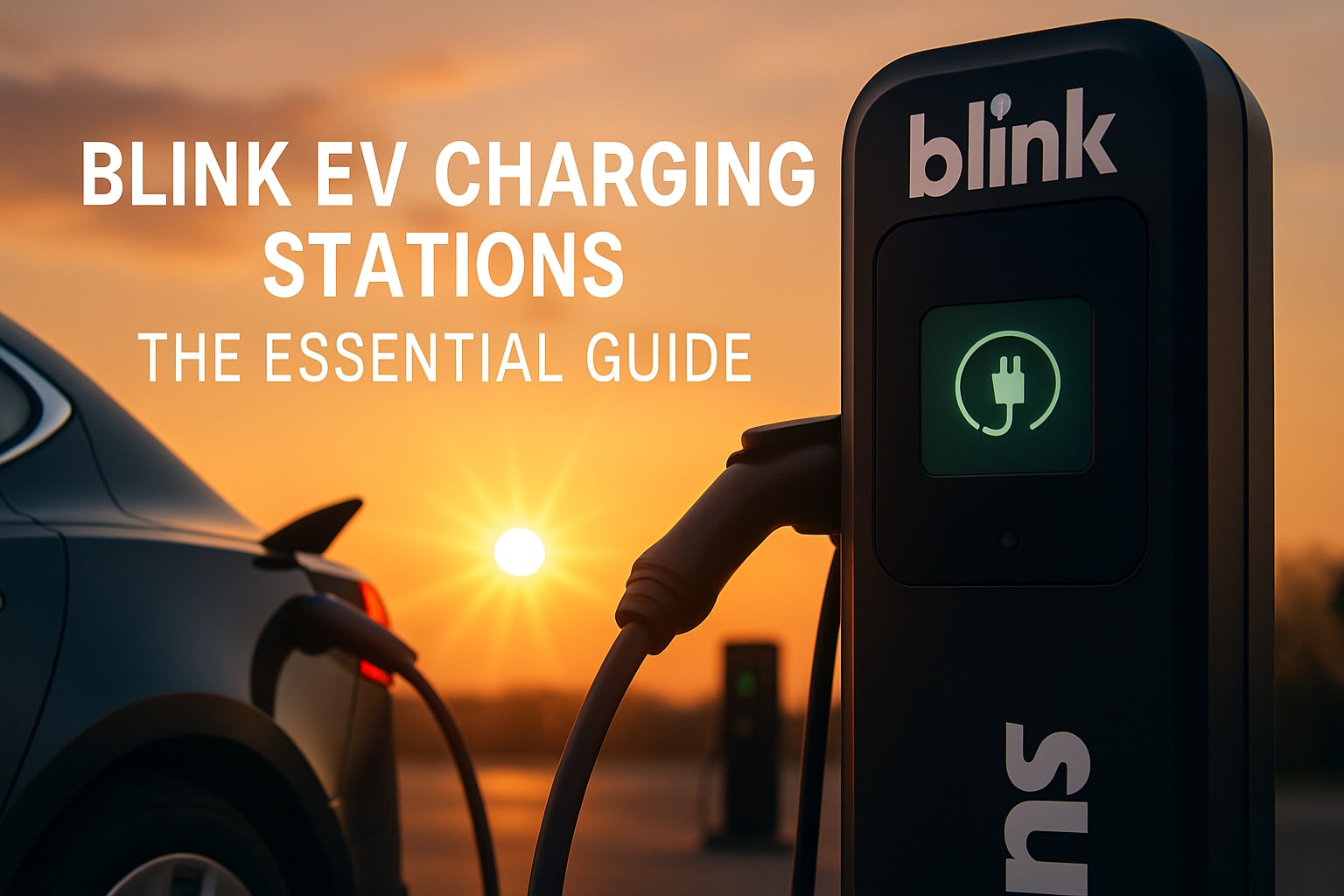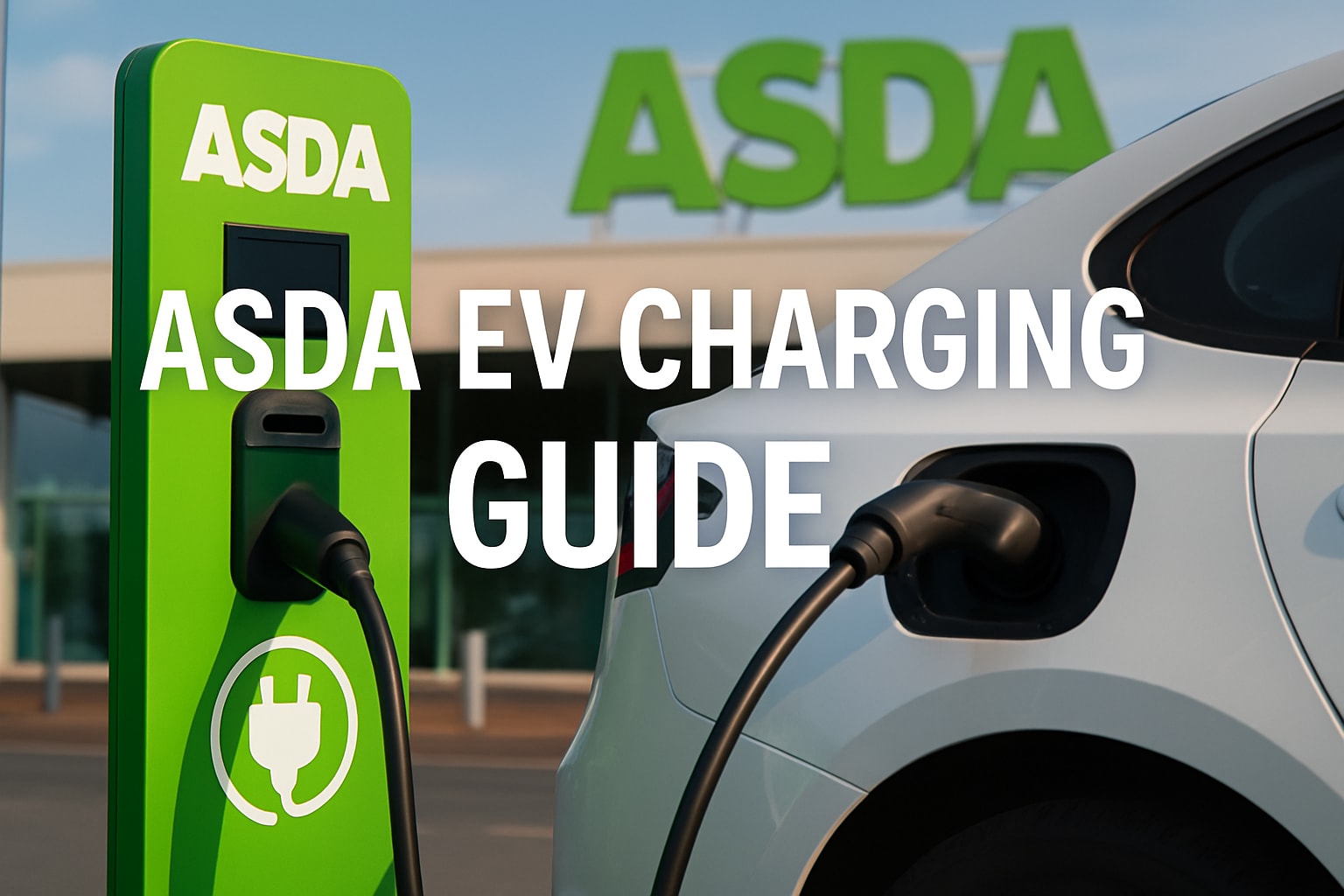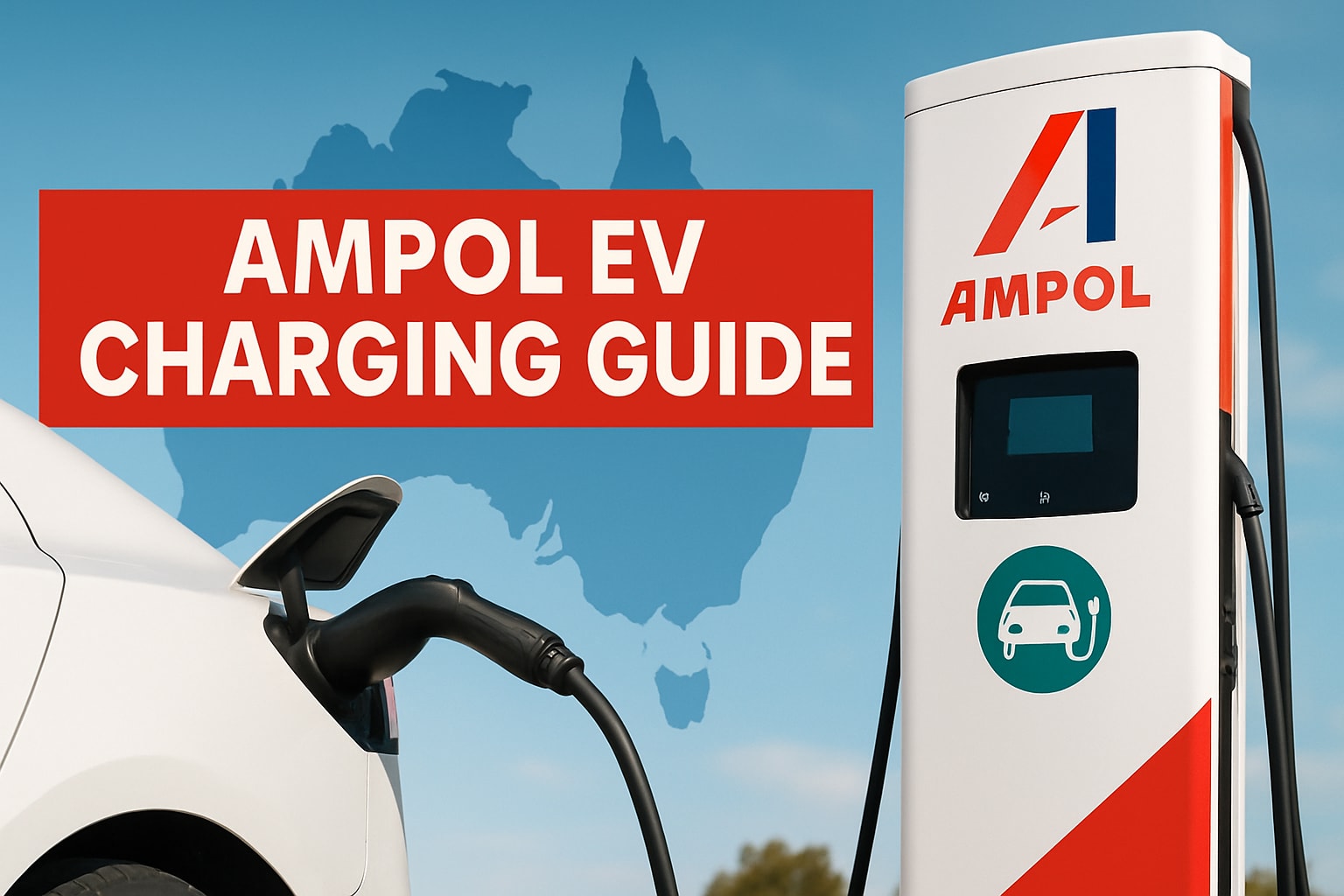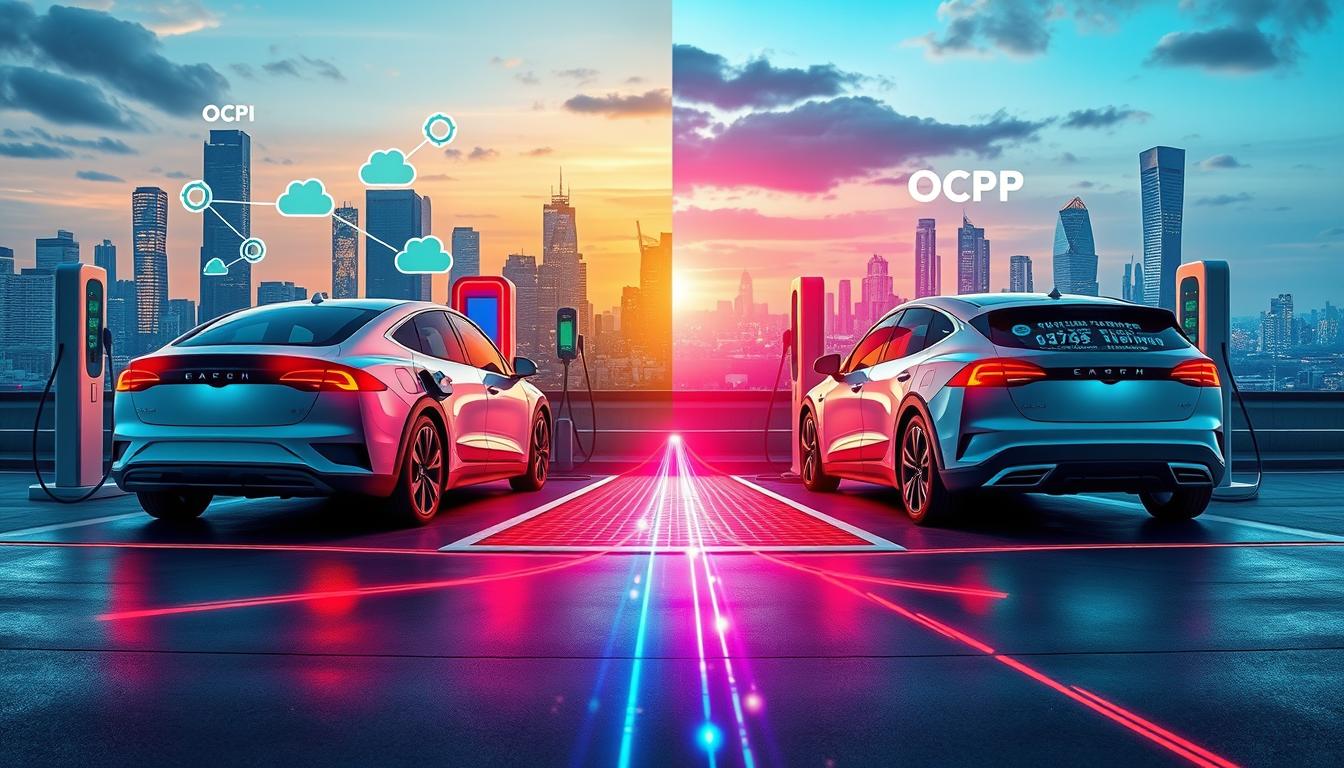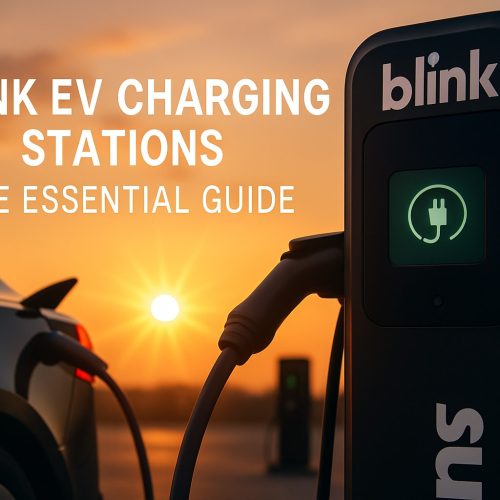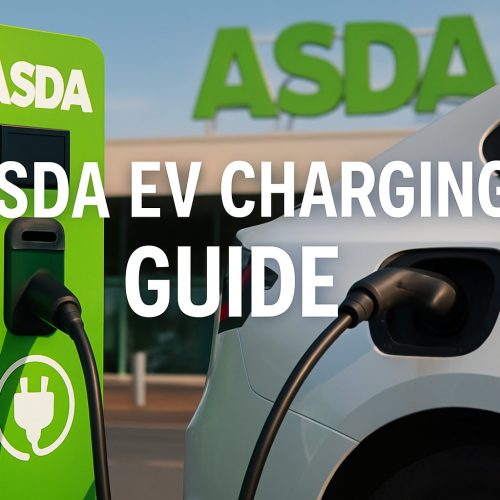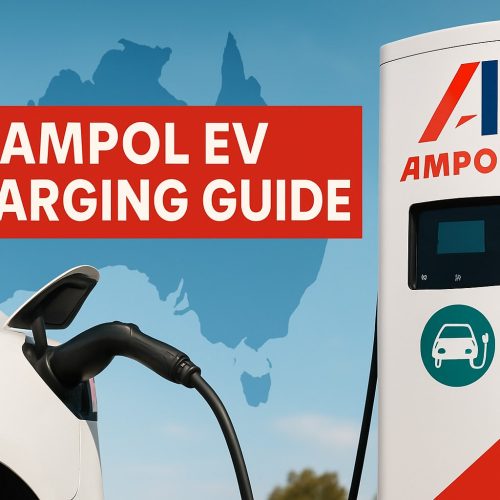The Electric Vehicle (EV) market is growing fast. By 2024, it’s expected to hit $623.3 billion. With 17.07 million EVs sold by 20281, it’s key to know about charging protocols.
OCPI and OCPP are important for EV charging. They help make charging better and easier for everyone. Knowing the differences between them is vital.
OCPI and OCPP help different parts of the EV world talk to each other. Charge Point Operators (CPOs) and e-Mobility Service Providers (EMSPs) use them. OCPI makes it easy for drivers to find charging spots. OCPP makes sure charging points and management systems work well together2.
Knowing about OCPI and OCPP is important. Bad integration can make things hard for users and slow things down2. This article will look at what makes OCPI and OCPP different.
Key Takeaways
- The EV market is projected to achieve $623.3 billion in revenue by 2024.
- OCPI facilitates roaming protocols and communication between CPO and CSMS.
- OCPP standardises communication and management of charging infrastructure.
- Understanding protocol differences is crucial for improving EV user experiences.
- Effective protocol integration enhances operational efficiencies in EV charging.
Introduction to EV Charging Protocols
The world of EV charging is changing fast. We need clear rules like OCPI and OCPP to make it work well. Knowing about these rules helps everyone work together smoothly.
Overview of EV Charging Landscape
The EV charging world has many parts. This includes charging stations, operators, software makers, and car companies. OCPI and OCPP help these groups talk to each other.
OCPI lets charge point operators and service providers connect easily3. OCPP makes sure software and hardware work well together3. These rules keep getting better to meet everyone’s needs.
Importance of Protocols in EV Charging
Protocols like OCPI and OCPP are key. They make sure everyone can talk to each other. This makes EV charging better for everyone.
OCPI helps with roaming and sharing data, making things easier for drivers3. OCPP helps with managing devices and balancing loads, keeping things stable3.
OCPI is popular in Europe and the US4. OCPP is loved worldwide4. These rules are essential for a smooth EV charging experience.
What is OCPI?
OCPI, or Open Charge Point Interface, is key for better EV charging networks. It lets EVs charge at different stations easily, without extra accounts or payments5. It also helps set prices based on demand and time, making charging more accessible6.
Definition and Purpose
OCPI is a standard that links EV charge points with service providers. Its main goal is to make charging networks work together smoothly. This makes charging easier for users5.
It supports important features like starting charges and sharing data in real-time. This boosts the EV charging system, encouraging new ideas and competition6.
Role in EV Charging Networks
OCPI is very important for EV charging networks. It lets drivers charge at different stations easily, without hassle6. It also makes sharing important data like prices and status easy, making charging better for everyone7.
It also gives network managers useful data to improve their charging systems5. This makes OCPI essential for growing EV charging networks around the world.
What is OCPP?
OCPP stands for Open Charge Point Protocol. It was made by the Open Charge Alliance (OCA). It helps electric vehicle (EV) chargers talk to Charging Management Systems (CMS) in a standard way.
As a global protocol, OCPP makes sure different systems can work together. This creates a unified EV charging network8.
Definition and Purpose
The main goal of OCPP is to make EV charging easy and growable. It lets CMS manage and watch over charging stations from afar. This includes updating software, checking status in real-time, and collecting data for study7.
This standard is key for making charging networks big and varied. It works with many manufacturers7.
Role in EV Charging Networks
OCPP is very important in public EV charging. It makes sure CMS can handle chargers from different makers easily. This helps create a big, diverse network and makes charging better for users7.
It also helps with real-time data, keeping things running smoothly. This is good for making transportation greener7. OCPP helps EV charging networks grow and work better.
Key Features of OCPI
OCPI (Open Charge Point Interface) has special features for electric vehicle (EV) charging. It makes charging easier and better for everyone. It also helps build a strong EV charging system.
Interoperability
OCPI makes sure different EV charging stations can talk to each other. It uses standard protocols and data formats. This makes it easy for users to charge their cars anywhere.
It also helps makers and service providers work together better. They can create easy-to-use and growing charging solutions.
Roaming Capabilities
OCPI is great at letting EV drivers move between different charging networks easily. It supports different roaming methods. This means drivers don’t need many accounts or complicated login steps.
This makes charging cars a breeze, no matter where you are. It really improves the EV charging experience.
Data Exchange
OCPI lets information like charging station status and prices be shared in real-time. This helps service providers and users stay updated. It makes things clear and helps manage the system well.
It also has a detailed data model for managing charging spots. This includes things like location and connector details. It makes sharing billing and operational data easy and clear.
Key Features of OCPP
The Open Charge Point Protocol (OCPP) is great for EV charging networks. It makes sure everyone talks the same language. This is called standardisation in OCPP.
Standardisation of Communication
OCPP standardises how different charging stations talk to each other. It makes sure they can all work together, no matter who made them. It handles things like starting and stopping charges, adding new users, and taking payments with RFID cards or QR codes9.
Remote Monitoring and Management
OCPP’s remote monitoring is key to keeping things running smoothly. It lets operators check on stations, update software, and control who can use them. This keeps the charging network safe and strong10.
Support for Various Charging Scenarios
OCPP is good at handling different charging situations. It helps manage power well between the grid and cars10. It also works with fast chargers like Winline’s Electree Cypress 120-160kW, which are made for Europe10.
These OCPP features help both charge point operators and EV drivers. They make the EV charging system better and more ready for the future. As OCPP gets better, it will likely add more cool features for EVs.
What is difference between OCPI and OCPP
OCPI and OCPP are two different ways for electric vehicles (EVs) to charge. OCPI lets EV drivers use different charging networks. It makes sure drivers can find and use charging points easily1112. OCPP, on the other hand, helps charging stations talk to their management systems. This lets them update and manage charging points better1113
OCPI is good for small to medium-sized charging networks. It helps with sharing data like where to charge and how much it costs11. OCPP is used by big networks, with over 70 percent of charging points using it12. OCPI was made by companies like ElaadNL, while OCPP was started by the Open Charge Alliance12.
OCPI makes sure data is sent safely between networks. It keeps track of how much you’ve charged and the cost11. OCPP uses the internet to send data back and forth. This makes it easier to manage and bill for charging1112.
OCPI and OCPP work together to make EV charging better. OCPI helps drivers find charging spots, while OCPP keeps the charging system running smoothly11. They both help make EV charging better for everyone13.
How OCPI Enhances Interoperability
OCPI makes EV charging better by working well with different systems. It lets EV drivers easily find and use many charging spots. They get the same info on where, when, and how much it costs714.
Peer-to-Peer Roaming
Peer-to-peer roaming is a big plus for EV drivers. It lets them make deals directly with charging networks. This makes things simpler and faster, without needing a big central system1415.
Roaming via Hub
Hub roaming uses a central hub to connect different networks. It makes it easier for small networks to join and for drivers to find more charging spots. This helps networks grow and work better together714.
Mixed Roaming
Mixed roaming mixes peer-to-peer and hub roaming. It offers flexible solutions for different areas and networks. This helps the EV charging system grow and adapt15.
OCPI’s roaming options make charging easy for EV drivers. No matter the network, they get a smooth experience. This is key for EVs to become more common and efficient715.
| Roaming Type | Features | Benefits |
|---|---|---|
| Peer-to-Peer Roaming | Direct network agreements, simplified billing | Improved user experience, streamlined access |
| Hub Roaming | Centralised hub management | Integrated network growth, easy accessibility |
| Mixed Roaming | Combination of peer-to-peer and hub roaming | Flexible, scalable, supports diverse connections |
How OCPP Enhances Device Management
Open Charge Point Protocol (OCPP) has changed how we manage EV charging. It makes sure chargers and central systems talk the same language. This makes things work better together, no matter who made them1416. Let’s look at how OCPP makes managing devices better.
Device Configuration
OCPP makes setting up devices easy and the same for everyone. This means different chargers can work with any system, without needing a special one14. It also lets you set up devices right for the best performance.

Load Balancing
OCPP’s load balancing helps spread out the electrical load. This stops overloading and makes sure everything runs smoothly1416. It uses smart algorithms to adjust power as needed, perfect for lots of charging.
Transaction Processing
OCPP’s transaction processing handles lots of charging jobs well. It makes sure bills are right and gives useful data for business16. It also lets users pay in different ways, making charging easier.
| OCPP Feature | Benefit |
|---|---|
| Device Configuration | Standardises setup across various charging stations14 |
| Load Balancing | Optimises resource use and ensures network reliability1416 |
| Transaction Processing | Handles high volumes efficiently with real-time data16 |
Benefits of Using OCPI in EV Charging
Using the Open Charge Point Interface (OCPI) in EV charging has many benefits. It makes it easy for users to move between different charging networks. This means users don’t need to sign up for many subscriptions.
Currently, 45% of people worry about not being able to roam easily. This shows how important it is to have systems like OCPI17. With OCPI, drivers can use more charging stations. This makes them feel more secure and improves their experience18.
OCPI also helps by sharing important data. It tells users about prices, where to charge, and when. This makes the system more connected and focused on the user18.
It covers seven important areas, like versions and tariffs. This gives users the information they need to make good choices. It makes charging more predictable and easier to understand18.
OCPI also makes paying for charging easier. About 41% of EV owners use chargers with payment options. OCPI helps with this by making data clear17.
As EV charging grows worldwide, OCPI version 2.2.1 is being used in many places. This includes countries like Austria, Belgium, and the USA19.
OCPI also supports roaming through hubs like Hubject and GIREVE. These hubs make it easier to roam but cost a bit more. They make it easier for drivers to find charging stations when they’re on the move18.
OCPI is also getting better with new features. These include better security and smart charging. It will soon work even better with other systems, like OCPP18.
The benefits of OCPI are clear. It makes charging easier and more convenient. It also helps the EV charging system grow and improve globally.
Benefits of Using OCPP in EV Charging
Using the Open Charge Point Protocol (OCPP) brings big benefits for EV charging. It makes communication between charging stations and management systems better. This leads to more competition and new ideas in the EV charging world20.
This standardisation makes things work better and keeps the network safe. It’s key for growing and changing EV charging20.
OCPP also helps with watching and controlling charging stations from afar. This makes fixing things easier and keeps software up to date20. It helps manage different charging needs well, now and in the future.
It also lets network operators pick from many providers. This makes things flexible and cuts down on relying on just one company20.
OCPP makes it easy to add more devices and systems to a network. This is important as more electric cars come and energy needs grow20. It makes things work together better, cutting down costs and making things easier to grow and change20.
In short, OCPP has many benefits. It makes things standard, safe, and easy to grow. It helps manage charging well, making EV charging better and ready for the future20.
The Future of EV Charging: OCPI and OCPP
The world of EV charging is changing fast. This is thanks to big steps forward in OCPI and OCPP. Soon, these standards will work together better, making charging smoother everywhere.
New tech is coming that will make things even better. It will focus on working well together and making things easier for users.
Emerging Trends
OCPI is a big deal in Europe for EV charging. It lets networks work well together in many ways21. It also lets drivers pick how they want to charge, showing it’s really smart21.
On the other hand, OCPP is used all over the world for managing charging spots. It makes sure different stations can talk to each other22. The future of EV charging will be shaped by these open standards, making roaming easier and the grid better23.
Potential Developments
More electric cars mean we need better charging networks. OCPP is getting better at talking between stations and backends23. The Open Smart Charging Protocol (OSCP) will help manage the grid better, too23.
ISO 15118 will make charging easier and let cars give back to the grid23. Services will keep charging reliable and efficient22.
Companies like Ecoplug Energy India Limited are leading the way. They make charging better with OCPP and OCPI solutions22. The future of EV charging looks bright and exciting22.
Conclusion
OCPI and OCPP are key for a good EV charging system. OCPI works well for small or special charging places24. It uses APIs for easy data sharing, helping different networks work together25.
The City of Amsterdam shows how OCPI makes things work well together24.
OPCP is great for big networks and big companies like ChargePoint in North America24. It’s flexible and can grow with the industry26. Many companies use it, showing it’s very popular25.
OPCP is easy to get and use worldwide, helping EV charging grow26.
Understanding OCPI and OCPP is very important. As EVs become more popular, these systems will keep improving. Making the right choice for your charging needs is key for a better EV experience2526.
